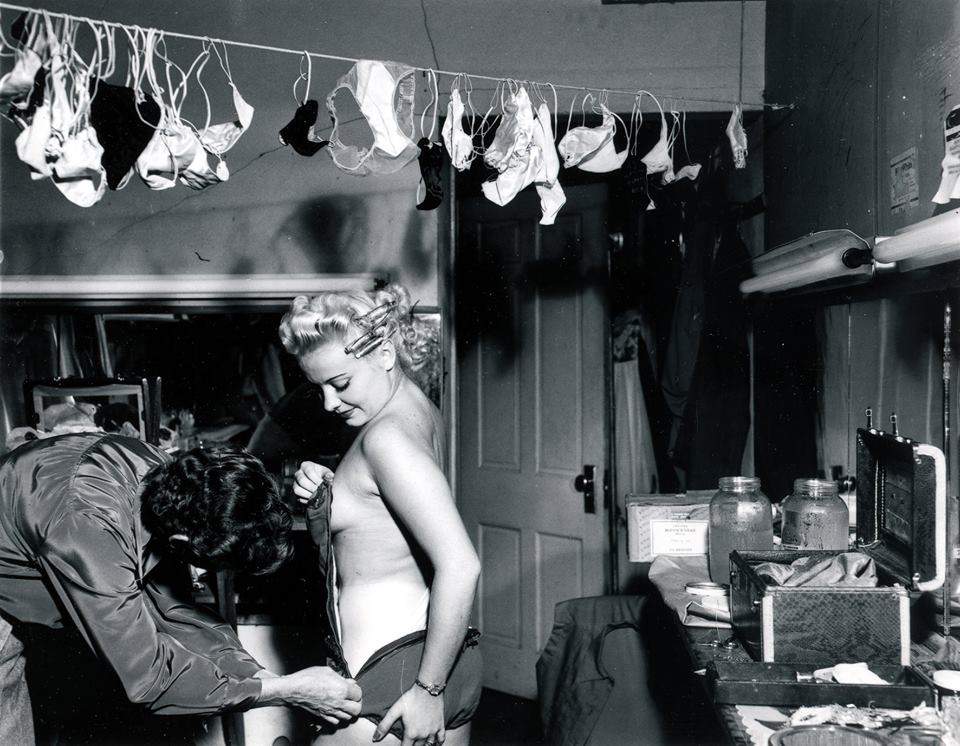The Hungarian Photomonth 2018 presents: Weegee, The Famous 1935-60
In the 1930s and 1940s Weegee’s name was closely associated with New York and life in the city. In a society distressed by economic and mental depression, Weegee confronted his viewers with loneliness, poverty and crime. At the same time, he also showed moments of beauty and happiness, which were also parts of life in the Lower East Side, Harlem or Bowery. The subjects, however, were not solely responsible for his renown: the artistic force, dramatic effect, raw realism and sharp contrasts of his pictures made him a pioneer for generations of photographers to follow him.
This exhibition at Mai Manó House features 104 of Weegee’s best photos, which draw an intimate portray of New York.
“I had got the famous pictures of a violent era, the pictures that all the great papers with all their resources couldn’t get, and hat to buy from me. And in shooting these pictures, I also had photographed the soul of the city I knew and loved.”
In the 1930s and 1940s Weegee’s name was closely associated with New York and life in the city. As a press photographer, he was always after a real story, and was always out on the streets to catch the perfect moment. In a society distressed by economic and mental depression, Weegee confronted his viewers with loneliness, poverty and crime. At the same time, he also showed moments of beauty and happiness, which were also parts of life in the Lower East Side, Harlem or Bowery. WEEGEE THE FAMOUS, 1935–1960, the exhibition at Mai Manó House features 104 of Weegee’s best photos, which draw intimate portrays of New York City, beautiful “even in her most drunken and disorderly and pathetic moments.” (William McCleery)
Weegee’s photos were published in such periodicals as the PM Daily, The Herald Tribune, The Sun and the Daily Mirror.
In addition to documenting life in the modern city, the photos also reveal much of Weegee himself, whose character and life pervade every image.
Weegee was born as Arthur Fellig, into a family of Jews who lived near Lemberg (now Ukraine), and who emigrated to New York in 1910. He grew up in poverty, in the Lower East Side, an overcrowded neighbourhood in Manhattan. He soon dropped out of school to support his family with various odd jobs. He left his parents’ home at the age of 18, and slept at railway stations and homeless shelters, living on the meagre income he made during the day. One of these odd jobs introduced him to photography, when he worked as an assistant with a travelling photographer. In 1918 he took a job at a photographer’s studio, and then he set himself up as an itinerant lensman. “Armed” with a pony, he charmed and photographed children in the Lower East Side, and sold the photos he developed on location to their parents.
In 1924 he started to work at ACME Newspictures, a news agency, as an assistant lab technician, only to quit his job in 1935 to start a freelancing press photographer career.
To beat the competition and to make his profile distinctive, he specialized in night-time photography, recording human drama and sensational moments.
In 1938 he was the first press photographer who was permitted to monitor police radio traffic. He maintained a darkroom in the trunk of his car, so he could instantly develop his photos. No other photographer could beat him to the scene of some sensation or crime, and no one had been able to submit the photos to the newspapers the same night, so they could make it to the front page the next morning.
The subjects, however, were not solely responsible for Weegee’s renown: the artistic force, dramatic effect, raw realism and sharp contrasts of his pictures made him a pioneer for generations of photographers after him.
In 1943 and 1944 he was featured at exhibitions of New York’s Museum of Modern Art, and in 1945, at the height of his career, he released Naked City, a runaway success of a book.
As Weegee the Famous, Arthur Fellig earned an indelible place in the international history of photography.
After moving to Hollywood in 1947, he devoted most of his energy to making 16-millimeter films. From this period the film Weegee’s New York (1948) is presented as part of the exhibition, a loan from the International Center of Photography in New York. Weegee returned to New York in 1952 and lectured and wrote about photography until his death on December 26, 1968.
Weegee, The Famous, 1935 – 1960 is organised in the framework of the Hungarian Photomonth 2018. The exhibition has been realised in collaboration with the Institute for Cultural Exchange, Tübingen and the International Center for Photography, New York.
Open to the public:
October 18, 2018 – January 20, 2019.
Tuesday – Sunday 12:00 – 19:00.
Closed on Mondays and public holidays.
Curator: Péter Baki
Featured image: www.facebook.com/MaiManóHáz – Weegee: „Santana tangában”, 1950 k. © Courtesy Institute for Cultural Exchange, Germany 2018
Source: http://maimano.hu/en/
please make a donation here
Hot news
What happened today in Hungary – 26 July, 2024
Drama: number of births in a 20-year low in Hungary
Yay or nay? – 6 odd Hungarian delicacies that make our skin crawl
Budapest tourism “exploded” this past weekend
Container transport in Budapest may stop: How will this affect Hungarian economy?
Minister: Hungary will protect its territory by every means possible




